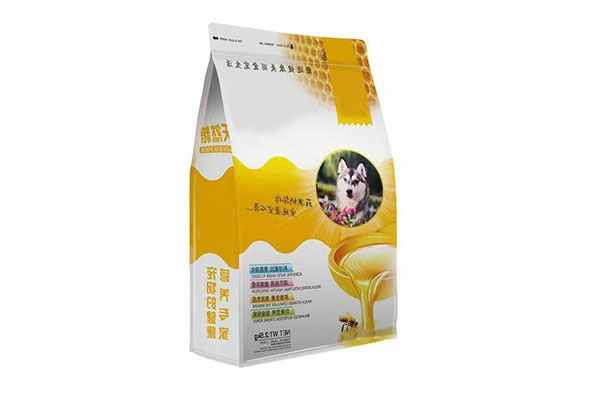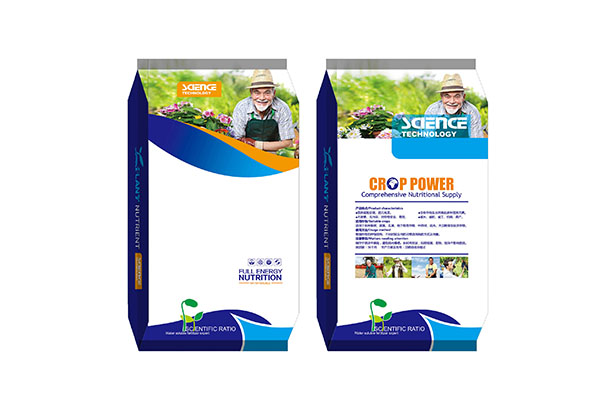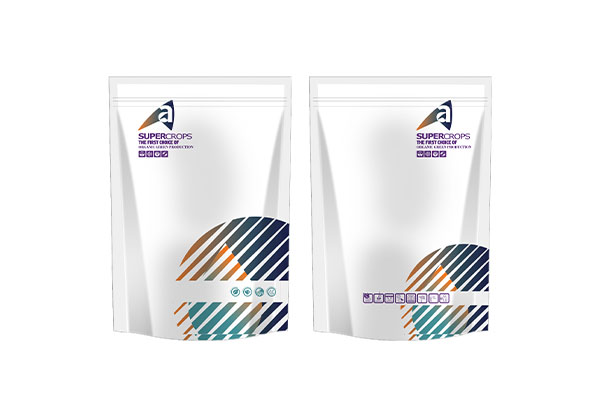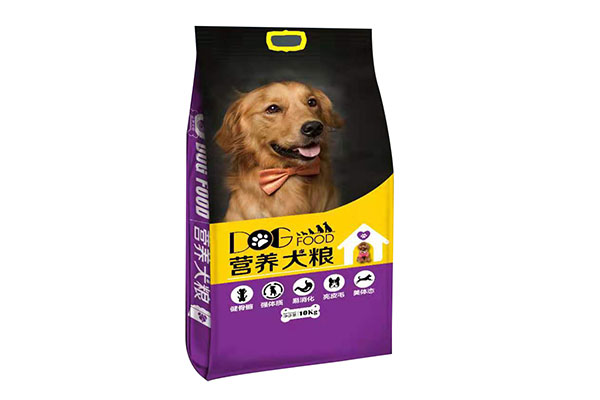How does the bottom support structure of the eight-side seal bag achieve its "self-standing" stability?
Release Time : 2025-10-13
In the modern flexible packaging industry, eight-side seal bags have become a popular choice for high-end consumer product packaging, such as food, coffee, milk powder, pet food, and health supplements, due to their unique design and excellent display performance. Unlike traditional three- or four-side seal bags, one of the eight-side seal bags' most striking features is its "self-standing" function—it remains stable and upright on shelves or tables even without external support. This stability not only enhances product display but also enhances the consumer experience.
1. Unique eight-side seal process: Creating a three-dimensional skeleton
The eight-side seal bag derives its name from its eight heat-sealed edges—four vertical side seals and four bottom seals—forming a three-dimensional, cube-like structure. Unlike the flat seal of traditional bags, this sealing method uses multiple precise heat-pressing passes to create a cross-shaped or crisscross-shaped seal at the bottom of the bag, alternating horizontal and vertical directions. This seal not only securely seals the contents but, more importantly, creates a rigid support base for the bag, giving it a bottom structure similar to a rigid box, allowing it to withstand its own weight and remain upright.
2. Bottom Folding and Space Filling: Creating a Stable Support Surface
During the manufacturing process, the bottom of eight-side seal bags utilizes a special folding process. Once filled, the four corners of the bottom naturally unfold, forming a flat, wide contact surface. This bottom surface, typically square or rectangular, is significantly larger than the narrow side seals of conventional bags, significantly improving friction and stability with the support surface. Furthermore, gravity evenly distributes the bag's contents across the bottom, further compacting the base and preventing tipping. Even with slight external force or transport vibrations, eight-side seal bags quickly return to their upright position, demonstrating excellent anti-tip capabilities.
3. Material Composites and Structural Reinforcement: Improving Overall Rigidity
To ensure the long-term effectiveness of the bottom support structure, eight-side seal bags typically utilize a multi-layer composite material that combines strength, barrier properties, and flexibility. The outer PET layer provides tensile strength, the middle aluminum foil or aluminized layer enhances stiffness and moisture resistance, and the inner heat-seal layer ensures a secure seal. This composite structure allows the bag to maintain flexibility while maintaining a firm, rigid feel. The bottom seal, in particular, creates a localized rigid area that effectively supports the entire bag. Some high-end eight-side seal bags also feature reinforcing ribs or localized thickening at the bottom to further enhance their load-bearing and pressure-resistance capabilities.
4. The Commercial Value of the Self-Supporting Feature: From Shelf Life to User Experience
The self-supporting feature of the eight-side seal bag is not only a technological breakthrough but also offers significant commercial advantages. In retail environments, stand-up pouches can display brand logos and product information in an optimal viewing angle, enhancing shelf appeal and increasing consumer purchases. Their stable structure also makes them easy to handle, store, and reuse repeatedly, making them particularly suitable for home environments such as kitchens and living rooms. Furthermore, on automated packaging lines, eight-side seal bags can be efficiently produced using integrated form-fill-seal equipment, compatible with high-speed filling, and meeting the needs of large-scale commercialization.
The key to the eight-side seal bag's self-standing stability lies in its innovative integration of precise sealing technology, scientific folding structure, high-performance materials, and ergonomic design. The bottom support structure serves not only as a physical "foot" but also as a "bridge" connecting the product and the user. It frees flexible packaging from the traditional image of being "soft and weak," endowing it with display value and ease of use comparable to rigid packaging.
1. Unique eight-side seal process: Creating a three-dimensional skeleton
The eight-side seal bag derives its name from its eight heat-sealed edges—four vertical side seals and four bottom seals—forming a three-dimensional, cube-like structure. Unlike the flat seal of traditional bags, this sealing method uses multiple precise heat-pressing passes to create a cross-shaped or crisscross-shaped seal at the bottom of the bag, alternating horizontal and vertical directions. This seal not only securely seals the contents but, more importantly, creates a rigid support base for the bag, giving it a bottom structure similar to a rigid box, allowing it to withstand its own weight and remain upright.
2. Bottom Folding and Space Filling: Creating a Stable Support Surface
During the manufacturing process, the bottom of eight-side seal bags utilizes a special folding process. Once filled, the four corners of the bottom naturally unfold, forming a flat, wide contact surface. This bottom surface, typically square or rectangular, is significantly larger than the narrow side seals of conventional bags, significantly improving friction and stability with the support surface. Furthermore, gravity evenly distributes the bag's contents across the bottom, further compacting the base and preventing tipping. Even with slight external force or transport vibrations, eight-side seal bags quickly return to their upright position, demonstrating excellent anti-tip capabilities.
3. Material Composites and Structural Reinforcement: Improving Overall Rigidity
To ensure the long-term effectiveness of the bottom support structure, eight-side seal bags typically utilize a multi-layer composite material that combines strength, barrier properties, and flexibility. The outer PET layer provides tensile strength, the middle aluminum foil or aluminized layer enhances stiffness and moisture resistance, and the inner heat-seal layer ensures a secure seal. This composite structure allows the bag to maintain flexibility while maintaining a firm, rigid feel. The bottom seal, in particular, creates a localized rigid area that effectively supports the entire bag. Some high-end eight-side seal bags also feature reinforcing ribs or localized thickening at the bottom to further enhance their load-bearing and pressure-resistance capabilities.
4. The Commercial Value of the Self-Supporting Feature: From Shelf Life to User Experience
The self-supporting feature of the eight-side seal bag is not only a technological breakthrough but also offers significant commercial advantages. In retail environments, stand-up pouches can display brand logos and product information in an optimal viewing angle, enhancing shelf appeal and increasing consumer purchases. Their stable structure also makes them easy to handle, store, and reuse repeatedly, making them particularly suitable for home environments such as kitchens and living rooms. Furthermore, on automated packaging lines, eight-side seal bags can be efficiently produced using integrated form-fill-seal equipment, compatible with high-speed filling, and meeting the needs of large-scale commercialization.
The key to the eight-side seal bag's self-standing stability lies in its innovative integration of precise sealing technology, scientific folding structure, high-performance materials, and ergonomic design. The bottom support structure serves not only as a physical "foot" but also as a "bridge" connecting the product and the user. It frees flexible packaging from the traditional image of being "soft and weak," endowing it with display value and ease of use comparable to rigid packaging.







